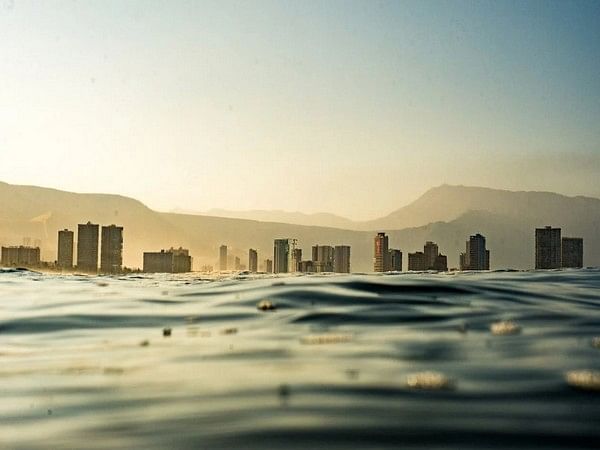Paris [France], December 1 (ANI): According to a new study led by Maria Luiza Pedrotti of Sorbonne Universite and published November 30 in the open-access journal PLOS ONE, nearly 200 kinds of bacteria inhabit microfibers in the Mediterranean Sea, including one that causes food poisoning in humans.
Synthetic and natural microfibers from plastic pollution, the textile industry, and fishing operations have become the most frequent type of particle in the water. Because they smell like food and are devoured by marine species after being colonised by bacteria, these microfibers are certainly a threat to aquatic ecosystems and human health. Because of their tenacity, microfibers are expected to accumulate in marine species as they migrate up the food chain.
Researchers employed advanced microscopy techniques and DNA sequencing to detect microorganisms living on microfibers gathered from the northwestern Mediterranean Sea to determine what types of bacteria exist on floating microfibers. They decided that each microfibre contains an average of 2,600 cells. These cells are from 195 different bacterial species, including Vibrio parahaemolyticus, a potentially deadly bacterium that causes shellfish sickness.
This is the first investigation to find pathogenic Vibrio species on microfibers in the Mediterranean Sea. The discovery is significant for assessing health risks because the presence of the bacterium can endanger bathing and seafood consumption.
The study also raises the issue of microfibers’ environmental impact. The growing amount of persistent plastic debris in the environment may spread hazardous germs and other contaminants across the ocean, increasing the risk of contamination compared to short-lived natural particles like wood or sediments.
Maria Luiza Pedrotti added, “The role of climate change also has an influence on the spread of this potentially pathogenic bacteria. Studies have shown that temperature significantly correlates with the increase of Vibrio spp and the emergence of infections. At the time we found this vibrio, coastal summer temperatures ranged from 25.2-26.5 degrees Celsius, while this year, at the same location, they reached 29 degrees Celsius.” (ANI)
This report is auto-generated from ANI news service. ThePrint holds no responsibility for its content.



